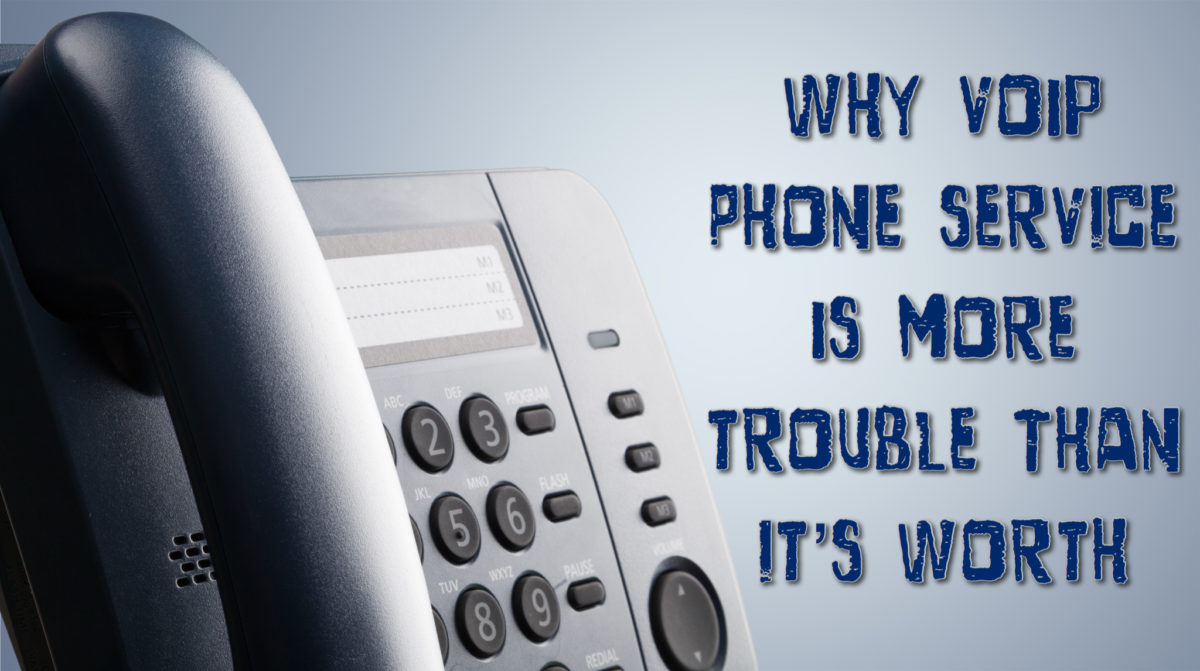


Not every business needs the most advanced features in a VoIP solution, so take these as a starting point. So, what features should you consider when you’re doing your cost vs value analysis? Some businesses prefer a more cost-effective solution, while others may want to plan ahead for future growth. Regardless, this is still cheaper compared to traditional landline phones: Source: /voip-statistics 5 VoIP features to consider The reason why you should do this is because other than the base price, which is the main number you see, there are sometimes other costs associated with the installation and set-up stages, and the post-installation stage too. If you can, try to consider a ballpark range instead of a set number when you’re comparing one service provider to another.

It’s tempting to see “free” or a single-digit price-and jump the gun on a service that has tons of hidden fees and/or limited features.Ĭommon pricing brackets when it comes to enterprise solutions are around $30 per user. VoIP phone system costs vary between providers, but one safe assumption to make is that you get what you pay for. How much does VoIP cost? One thing to remember before looking at prices
#Do you have to have special phones for voip phone service free
(Still no such thing as a free lunch, unfortunately.) The rule of thumb here, if you read nothing else, is: If you’re paying for a $1 phone service, then expect $1 quality, support, and features. So, what’s a “good price” to spend on your business VoIP? Why spend anything at all when some providers offer plans for a “low, low cost of less than $10 a month” or even free plans? One of the main things you’re probably looking at when choosing a VoIP service provider and a plan is, of course, the cost. And even within VoIP (Voice over IP) phone services, the market is flooded with providers and plans-that all seem to be structured differently. When it comes to business phone systems, there are a ton of options.


 0 kommentar(er)
0 kommentar(er)
